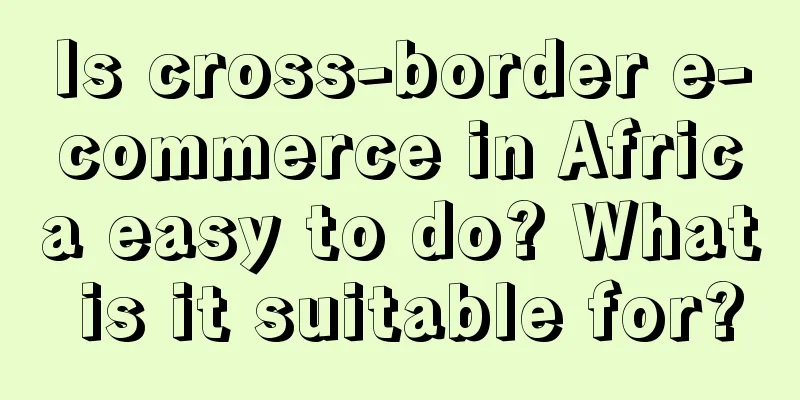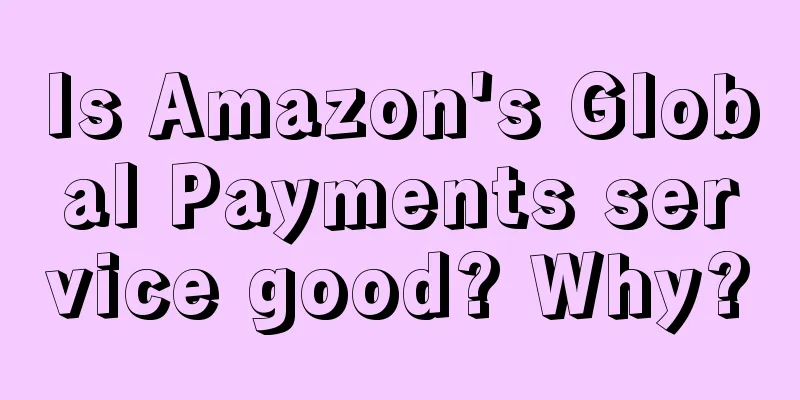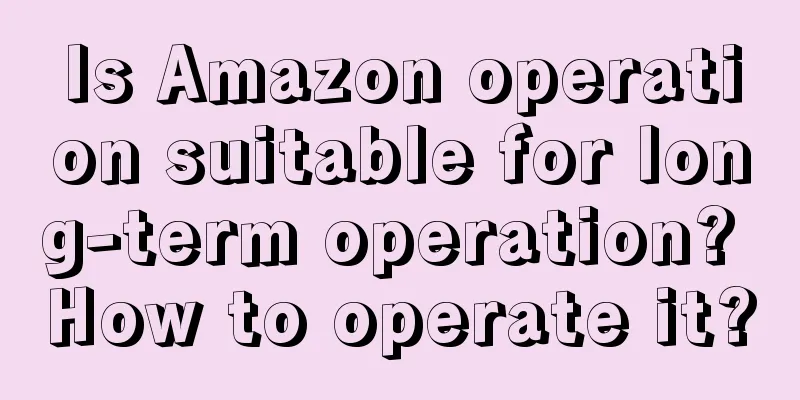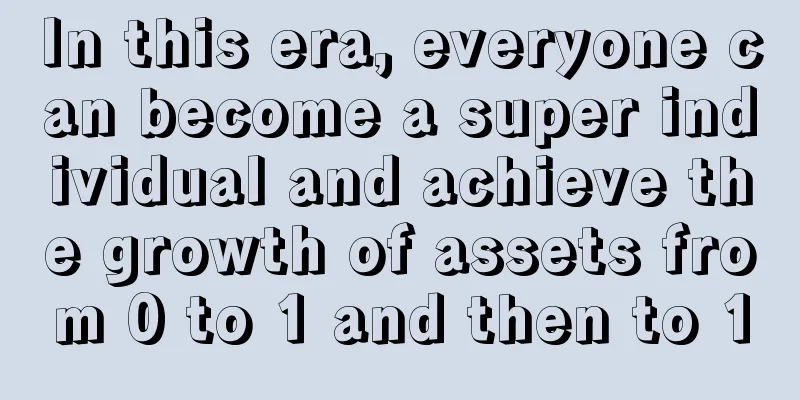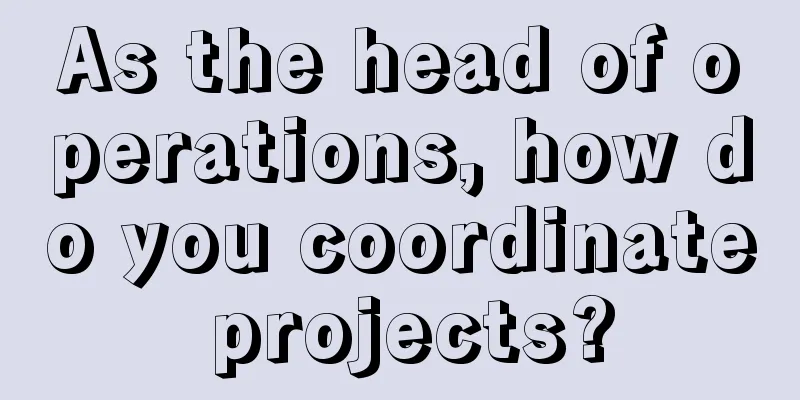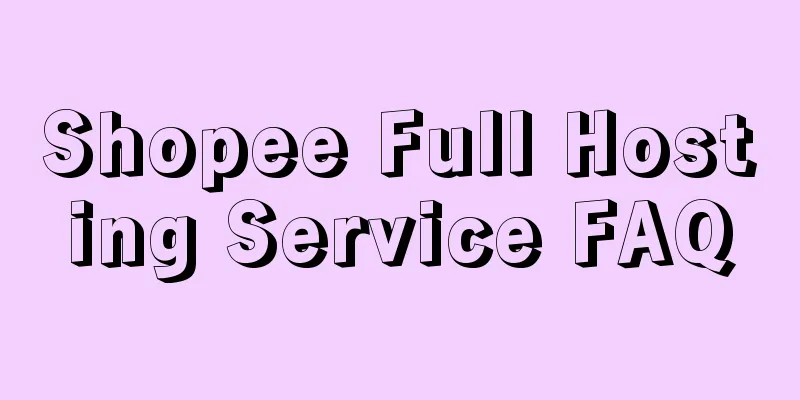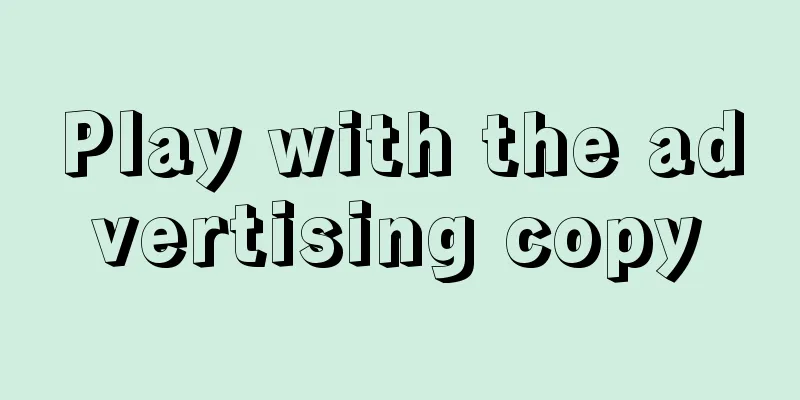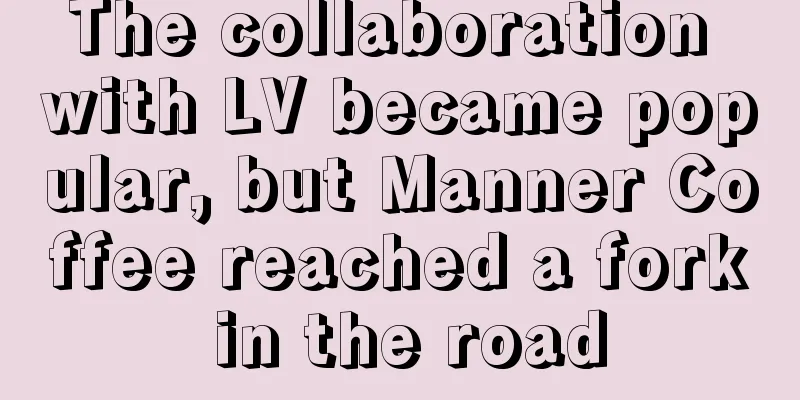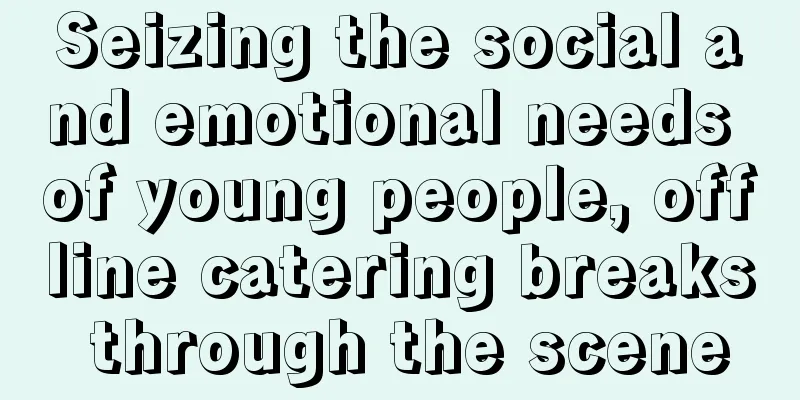Three transformations of a company from small to large
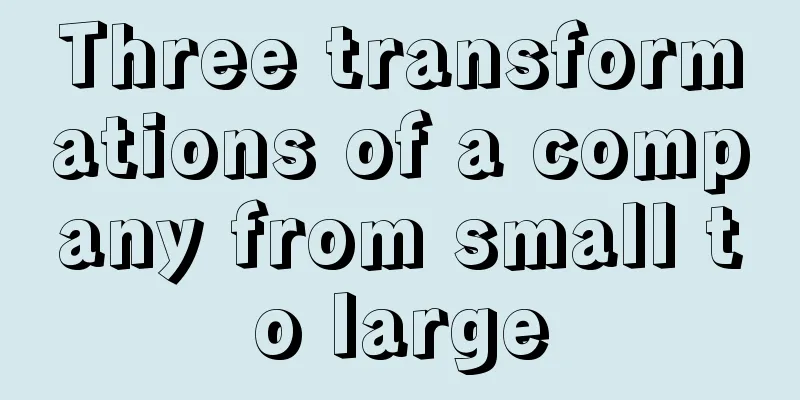
I recently read the corporate development history of Nestlé, and combined it with the rise and fall of some companies around me, I have three insights.
Looking back, companies like Nestlé, which has a 150-year history, and Starbucks, KFC, Procter & Gamble, etc., all of these companies have global ecological thinking. Today, many Chinese companies, after growing to a certain size, gradually develop ecological thinking and actively create value for the industrial chain. Some companies have therefore proposed the concept of "symbiosis." I divide it into three kinds of thinking, not to say which kind of thinking is good or bad, but just the needs of enterprises at different stages. However, if you develop to the corresponding stage but do not have the corresponding thinking, then there will be problems. 1. Traffic ThinkingTraffic thinking is very practical for startups at any time. The goal is to sell goods and survive. If you can get low-cost traffic, then go for it. If you can't, that's another matter. It is not impossible to think about it, but in the current environment, low-cost traffic is likely to be junk traffic. There is traffic but no sales, and the time invested is not proportional to the return. It is almost impossible to make a business out of free traffic without spending any money, unless you have alternative resources or get lucky unexpectedly. 2. User ThinkingUser thinking is, of course, good and necessary at all times, especially when you have a lot of traffic. However, it is often difficult for people to have both traffic thinking and user thinking at the same time. Most people start to switch to user thinking only after they can no longer survive with traffic thinking and feel pain, and then they start to accumulate users, operate them, and consume them repeatedly. This is the nature of most people, and the same is true for startups. If you can't get over this hurdle, then at most you can just satisfy your entrepreneurial addiction. User thinking is the ability to view user troubles as opportunities. If the user mindset is good, the company will basically be able to stand firm for five to ten years. Regardless of whether it is a new consumer or an old brand, those that can still survive well today are basically doing well. Of course, there are also some old companies that are still alive today, relying on the foundation accumulated by the past when channels were king. If they cannot switch to user thinking, they will soon become obsolete. Some new consumer brands only play with user thinking, burn investors' money, cannot generate blood and make money, lose the essence of business operation, and will not survive long. 3. Ecological ThinkingWhen a company is already in the top three in the industry, or its revenue exceeds 5 billion, I think it cannot just be user-focused. In addition to thinking about users, it must also think about employees, dealers, partners, shareholders, etc. This is ecological thinking. Because of such a large revenue volume, this company cannot just create and complete it on its own. It can only develop sustainably and healthily if many roles that rely on it in this ecosystem can also develop. Some mature international brands have already done this. For example, Nestlé helps coffee farmers in Yunnan, China to grow coffee and then buys it out. This not only provides a coffee planting base, but also helps farmers increase their income. The result of ecological thinking is value sharing. Enterprises can share the value in the entire business chain. In addition to user value, they can also share employee value, dealer value, and partner value. Of course, only when an enterprise grows to a certain scale can it form ecological thinking. Those companies with vision and lofty mission will eventually make themselves ecological enterprises, and only in this way can they go far. There is a saying: One person can go fast, but a group of people can go far, and the same is true for a company. Author: Yan Tao Sanshou Source: WeChat public account "Yan Tao Sanshou (ID: yantao-219)" |
<<: Seven thoughts on branding in marketing
>>: Does Pop Mart need to tear off the “blind box” label?
Recommend
The 10-yuan "magic tool for making photos" is all bought by young girls. The boss said: I'm afraid of running out of stock
The triangle scarf is rapidly becoming a new favor...
What are the names of Amazon Prime exclusive discounts? What are the discounts?
Friends who shop on Amazon also know that as a cro...
Is it necessary to bind a legal person to Amazon payment? What are the payment accounts?
Amazon merchants should all know that Amazon's...
Amazon launches new service warehouse delivery (AWD)
On the first day of September, Amazon announced th...
This is too exciting. This operation analysis strategy is really on point.
Faced with data fluctuations, operators often feel...
2018-2023, Chronicle of the Rise of Douyin Brands
E-commerce and traffic are closely related. In oth...
Three pitfalls that ordinary people must avoid when starting an e-commerce business, 10 cases explained in detail
This article is a summary of the common problems I...
How does shein ship? Platform shipping rules
When it comes to SHEIN's delivery process, one...
How can suppliers join shein? What are the delivery channels?
There are many merchants who have successfully set...
How did Lifen, Vichy and Bosideng make it to the Double 11 list with strategic new products?
Do you know where the mainstream platforms focused...
With revenue increasing fivefold in one year, how did Yongpu Coffee develop its private domain to achieve growth?
Coffee has only been popular in China for a short ...
How is the cross-border e-commerce flower stand business? How to choose the category?
The cross-border e-commerce flower stand business ...
Talk about the application of "standard deviation" in mathematics
What many of us lack is not the theory of data ana...
How to set up multiple item discounts on Shopee? What are the reminders?
After opening a Shopee store, merchants need to fo...
With revenue growth exceeding 100%, what did Atour do right?
This article deeply analyzes the ecological strate...
